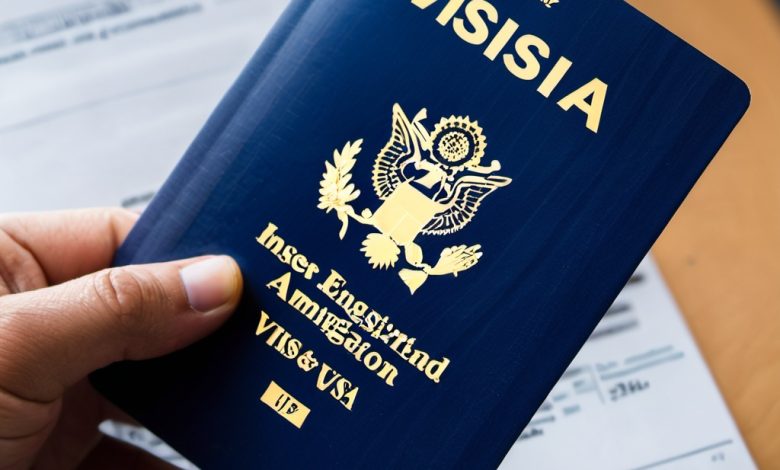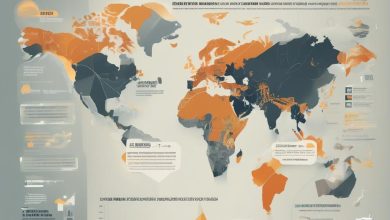Navigating Visa and Immigration
Understanding Work Visas and Tips for a Successful Application

Navigating Visa and Immigration: Understanding Work Visas and Tips for a Successful Application
Immigrating to a new country for work can be an exciting but complex process. With various work visa options available and a thorough application procedure to follow, it’s essential to understand your options and prepare accordingly. This guide will explain different types of work visas and provide tips for a successful visa application process.
Understanding Different Types of Work Visas
1. Temporary Work Visas
Temporary work visas allow individuals to work in a country for a specific period. They are typically sponsored by an employer and may have conditions related to the job or industry. Examples include:
- H-1B Visa (U.S.): For specialty occupations requiring advanced degrees or specialized knowledge.
- Tier 2 General Visa (UK): For skilled workers with a job offer from a UK employer holding a Sponsorship License.
- Temporary Skill Shortage Visa (Australia): For skilled workers to fill positions for which no suitable Australian workers are available.
2. Permanent Work Visas
Permanent work visas enable individuals to live and work indefinitely in a country. They often lead to residency and possibly citizenship. Some examples include:
- EB-2 and EB-3 Green Cards (U.S.): For professionals with advanced degrees or exceptional abilities, and skilled or other workers.
- Skilled Worker Visa (Canada): Part of the Express Entry system for immigrants with skills that meet Canadian labor market needs.
- Employer Nomination Scheme Visa (Australia): For skilled workers nominated by their employer for permanent residency.
3. Intra-Company Transfer Visas
These visas allow international companies to transfer employees between branches in different countries. They facilitate mobility within global organizations.
- L-1 Visa (U.S.): Allows managerial employees or those with specialized knowledge to work in the U.S.
- ICT Tier 2 Visa (UK): Permits multinational companies to transfer employees to their UK office.
4. Entrepreneur and Investor Visas
These visas encourage investment and entrepreneurship in a country, offering a pathway for individuals who can contribute economically.
- E-2 Investor Visa (U.S.): For investors who invest a substantial amount in a U.S. business.
- Start-up and Innovator Visas (UK): For entrepreneurs starting businesses in the UK.
Tips for a Successful Visa Application Process
1. Research Thoroughly
Understand the visa requirements for your target country, including eligibility criteria, required documentation, processing times, and associated costs. Official government websites and legal immigration experts can provide reliable information.
2. Organize Documentation
Prepare and organize all necessary documents in advance. This may include your passport, photographs, educational and professional credentials, proof of employment, financial statements, and other supporting documents required for your specific visa category.
3. Complete the Application Accurately
Ensure all parts of the visa application are completed accurately and truthfully. Double-check for any errors or omissions that could delay processing or result in denial.
4. Be Aware of Deadlines
Keep track of any application deadlines and ensure submission within the specified timeframe. Missing deadlines can lead to processing delays or refusal.
5. Prepare for the Visa Interview
If your application requires an interview, practice answering potential questions regarding your background, purpose of travel, and future plans. Be honest and clear in your responses.
6. Stay Informed about Changes
Immigration laws and visa policies can change. Stay updated on any alterations in visa regulations that might affect your application or status.
7. Seek Professional Guidance
Consider consulting with an immigration lawyer or consultant, especially if your case is complex or you need clarification on certain requirements. They can help avoid common pitfalls and improve your chances of success.
Final Thoughts
Understanding the different types of work visas and preparing diligently for the application process are crucial steps in securing the opportunity to work abroad. With the right information and careful planning, you can navigate the complexities of immigration and set the stage for a new chapter in your professional life. Good luck with your journey!
With these insights, you’ll be better equipped to explore work opportunities abroad and complete your visa application process successfully.





